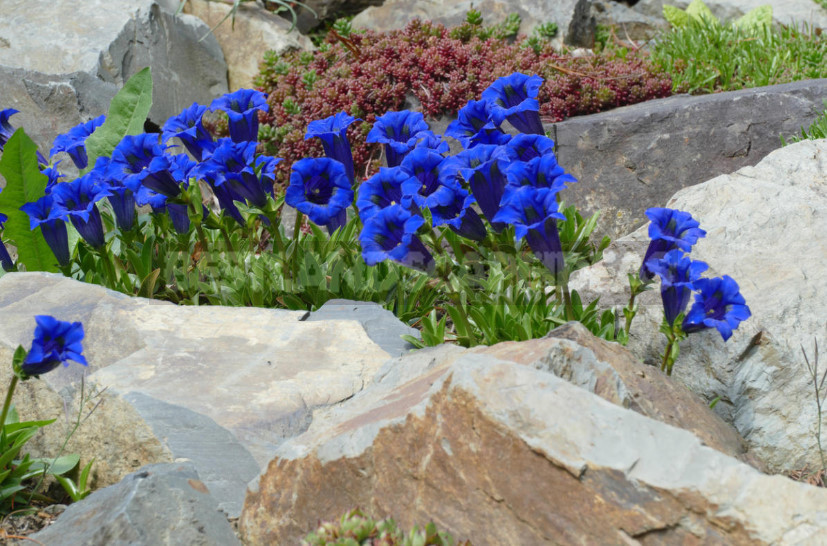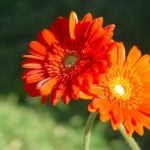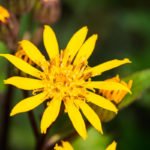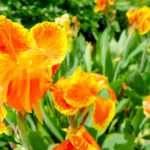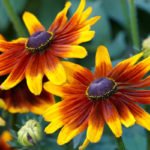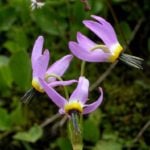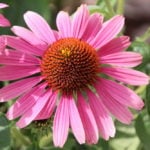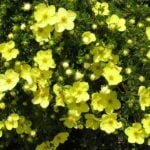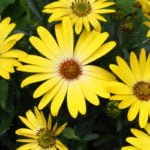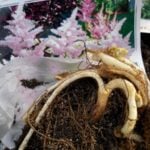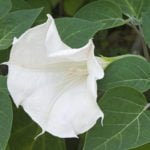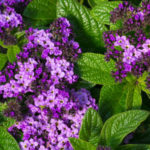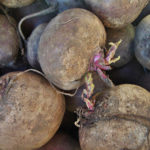Today I will tell you about the amazing colors that love height and cold. Perhaps that is why their color is unusually bright and clean – absolutely blue, like the sky in the mountains.
I remember my first meeting with gentian. At the time of student youth, we organized a hike in the mountains. The surrounding area was full of the most unusual rare, endemic, almost exotic plants.
That picture is still standing in front of my eyes: against the background of white snowballs incomparably blue flowers-large glasses, growing as if from the ground. It was a large-flowered gentian. I guess that’s when I fell in love with the mountains.
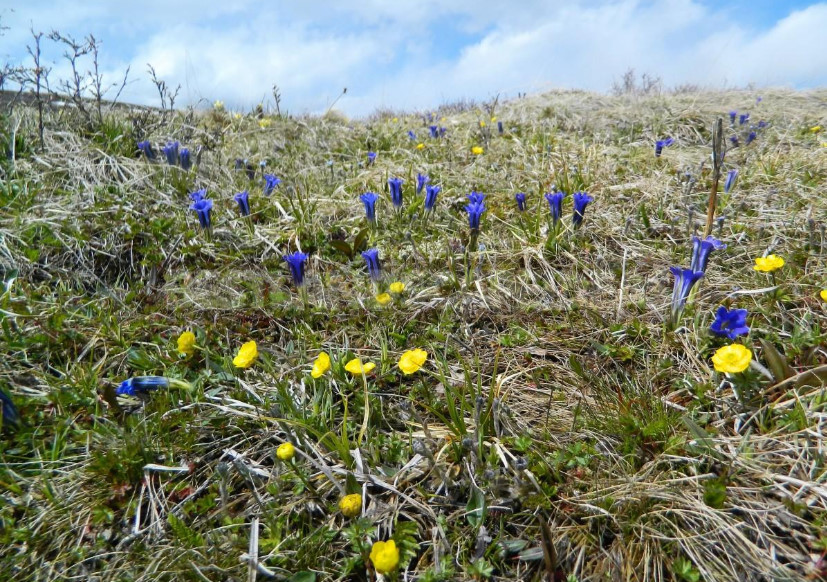
And although then I had to visit many other mountains, it seems that I have never seen such beauty anywhere else. Maybe, of course, because it was my first mountain. I met different types of gentian, even tried to dig and move them into the garden, but alas, they did not take root.
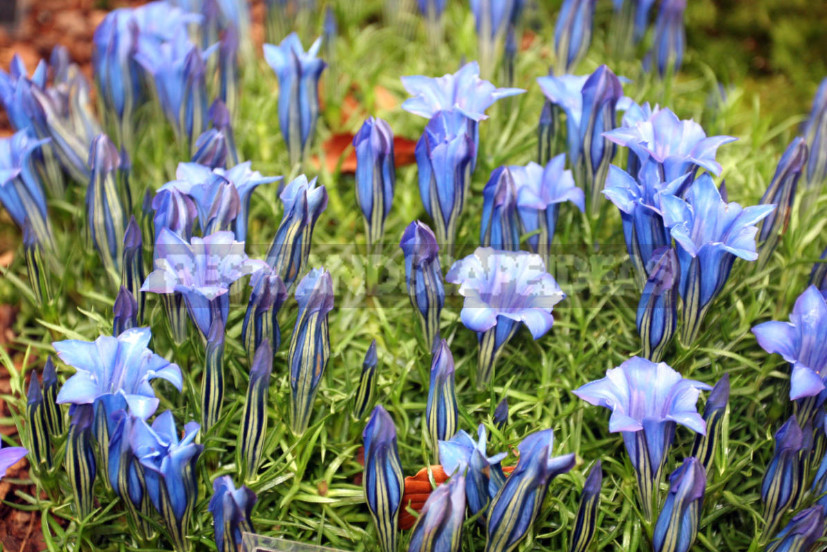
Botanical description
Gentian belong to the Gentianáceae family. Their genus includes about 400 species of different herbs and semi-shrub plants. The Latin name they received thanks to the Illyrian king Gentius, in the II century BC, who treated the terrible disease of the plague with rhizomes of yellow gentian.
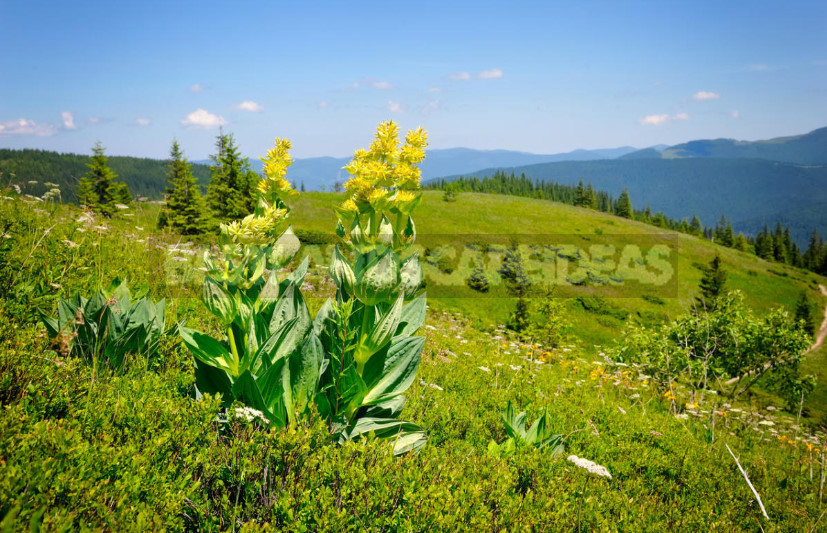
Most species of this plant are found in the temperate climate of the Northern hemisphere, but some grow in tropical latitudes. Many varieties prefer extreme conditions, grow in the tundra and high in the mountains-these are the real Alpines.
Gentian are of different heights: from miniature, growing no higher than 10 cm, to very tall (up to 150 cm). They have thick and short roots. To direct the stem are opposite, sessile, usually oval, slightly pointed, simple leaves. Flowers often solitary but sometimes in clusters. They are distinguished by a funnel-shaped Corolla with bent petals, as a rule, they are 5, rarely 4.
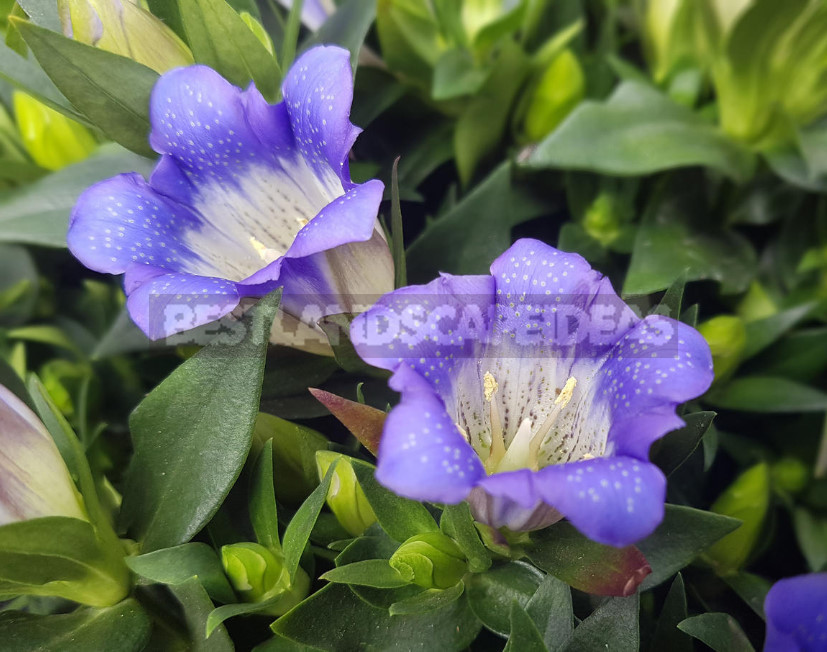
Gentian is sometimes confused with the bells due to their similar color and shape of flowers. Most often they have a bright blue or blue color, but there are purple, white, yellow. Bloom different species during the summer, there are among them spring and autumn.
Most types of gentian have healing properties. Preparations from gentian help with diathesis, anemia, and in General, this herb is recognized as an ideal tonic. Consider some of the most common types.
Gentiana pneumonanthe
Gentiana pneumonanthe has a wide distribution area. The height of straight unbranched stems from 25 to 60 cm Below they are bare, only covered with tiny scales, above are simple elongated leaves. Flowers piercing blue about 5 cm in diameter, placed one by one and bloom at the tips of the stems.
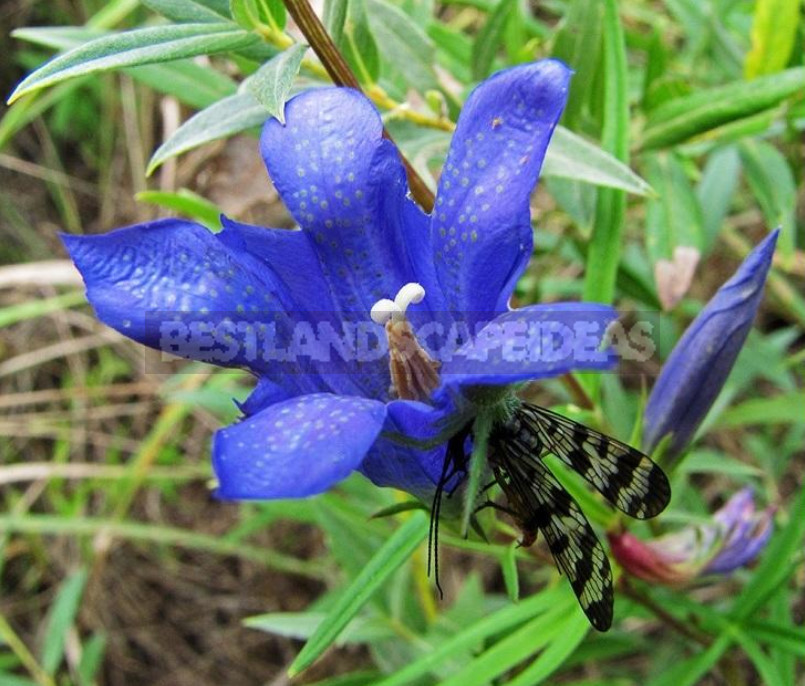
Gentiana septemfida
She is a short plant (about 30 cm) has a number of straight stems covered with narrow leaves.
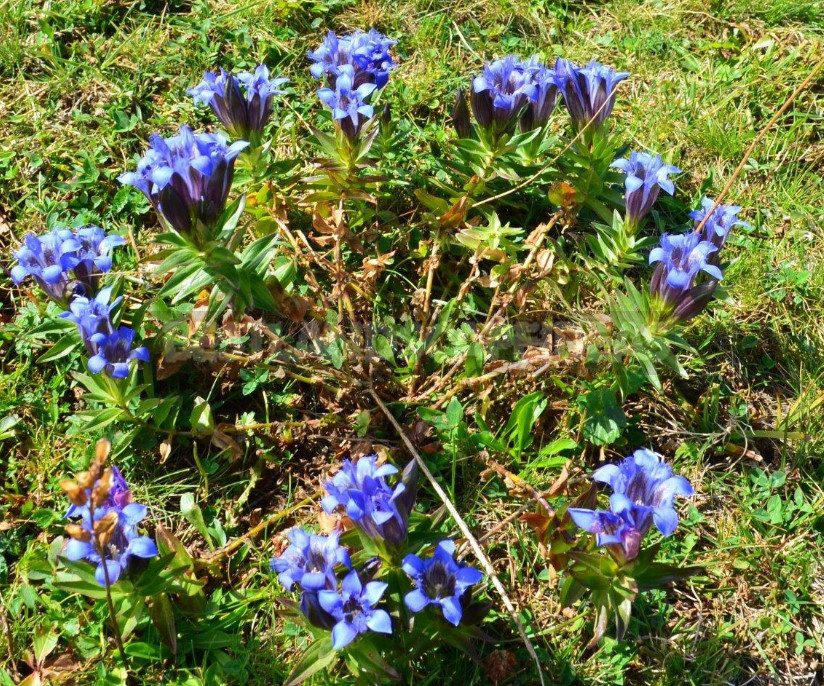
The flowers are dark blue, up to 4 cm, form a capitate inflorescence. Flowering begins in mid-June and lasts until the end of summer. The plant is winter-hardy, used as decorative.
Gentiana acaulis
Gentiana acaulis or Gentiana kochiana grows in mountainous areas of Western Europe. Plant height up to 10 cm Stems very short, leaves long, hibernating. Large glass blue flowers pointing straight up. There is a variety with white flowers. Flowering occurs in may-June.
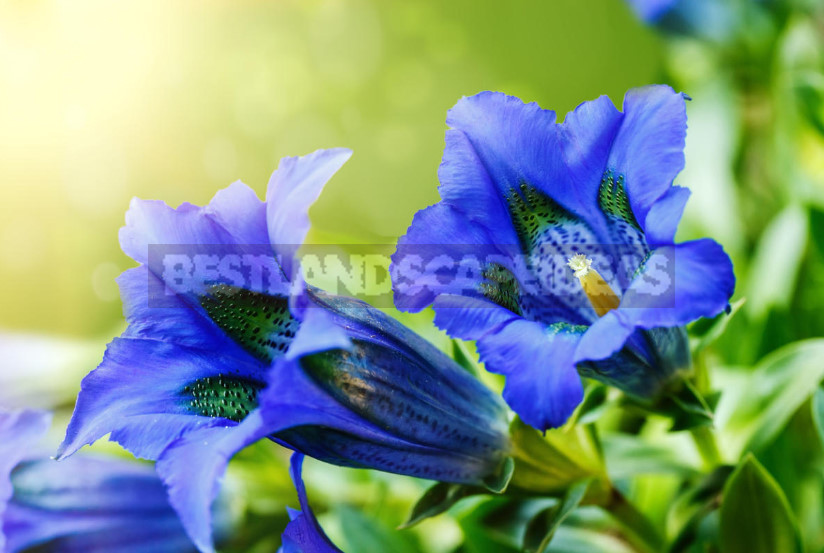
Gentiana asclepiadea
Forms a high Bush up to 80 cm, the stem is covered with oblong leaves with a pointed tip, reaching 6-9 cm in length. Funnel flowers (about 5 cm) form racemes usually dark blue, almost blue, but there are white. Blooms from early July to late summer. Winter-hardy appearance.
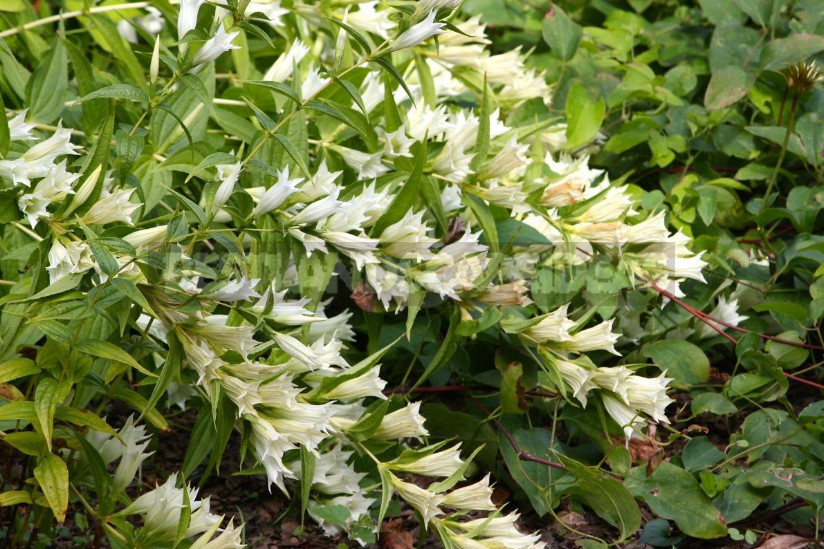
Gentiana verna
The plant is quite low-only 5 cm from the ground, forms a rosette of elliptical leaves.
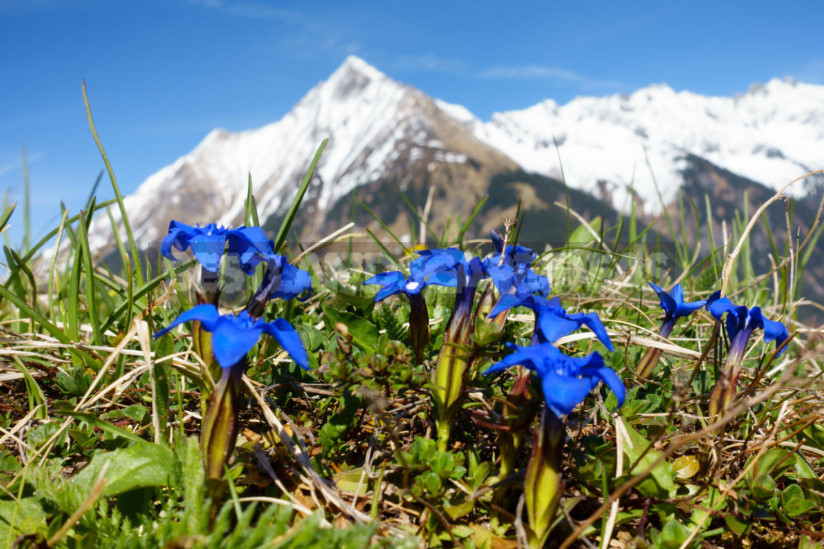
Flowering begins in early summer, when at the top of a short stem flowers bloom blue color. The plant is winter-hardy, suitable for rock gardens.
Gentiana dahurica
Gentiana dahurica is found in Sayans, Dauria, Mongolia, and Tibet. Plants up to 40 cm in height, above the ground placed basal narrow leaves. Large dark blue flowers bloom in July and adorn the whole of August.
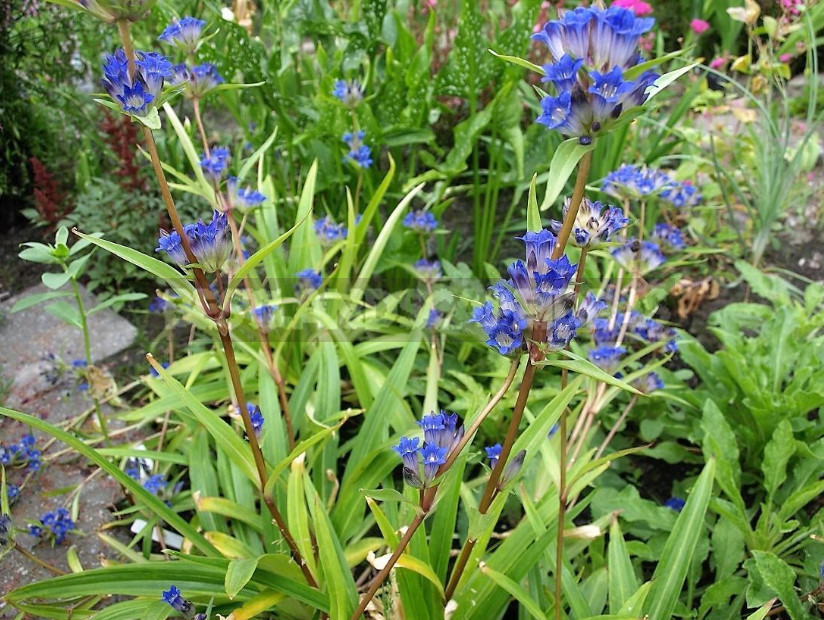
Growers grow this species since 1815. It is good not only in the open ground, but also in containers, is excellent in cutting. There is a variety ‘Nikita’.
Cultivation
Many gentian suitable for cultivation in the garden, but it is difficult to give any General recommendations-it all depends on the species and its natural habitat. In any case, the place for most varieties should be chosen not too open and dry, it is much preferable to be light penumbra.
The soil is selected close in composition to the one on which the species lives in nature.
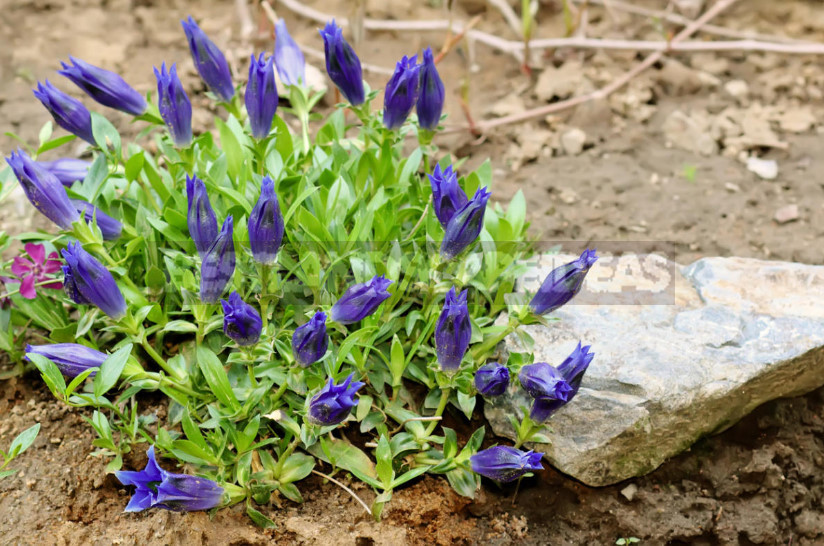
Different preferences they have and the composition of the soil. Growing these flowers, you should be patient-after all, they are quite capricious.
Vegetative reproduction
This method, as the division of the Bush, is not suitable for all types of gentian. Some of them even a simple transplant to a new location is difficult to tolerate. When dividing and planting, you should try to preserve the roots as much as possible, digging up a plant with a large lump of land.
Some ground cover species can be easily propagated in the spring by daughter outlets. Since autumn, under the mother plant, soil and mulch are sprinkled, stems with faded peduncles are cut, and in the spring they begin to divide. It is not necessary to dig up the whole Bush, it is better to carefully cut off the edge and immediately transplant it to a new location.
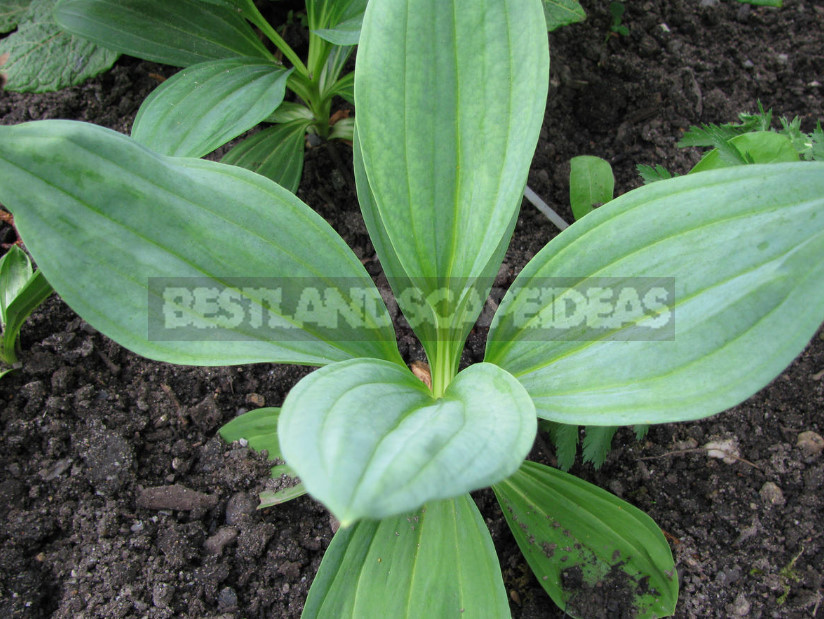
Many types of gentian can be propagated and cuttings. Usually cuttings are cut before flowering and rooted in the greenhouse in loose and moist soil. Roots are formed within 4 weeks.
Reproduction by seeds
Small seeds of gentian necessarily need to be exposed to low temperatures, that is stratified for 1-3 months at a temperature of about +7°C. Sow freshly harvested seeds, small mixed with sand and scatter superficially, lightly pressing them to the soil. Larger a little sprinkle the ground.
It is possible to carry out the sowing in autumn, in winter. The ground in the garden before sowing should be carefully leveled, sifted and slightly compacted.
Gentian in garden design
Gentian with their unusual shades of blue and blue will make your garden beauty and originality. Without problems growing in the garden Gentiana lutea: up to 1.5 m, very spectacular with its large gray leaves and whorls of yellow flowers, which are arranged in tiers on the stem. It looks very good outdoors with other tall plants or alone on the lawn.
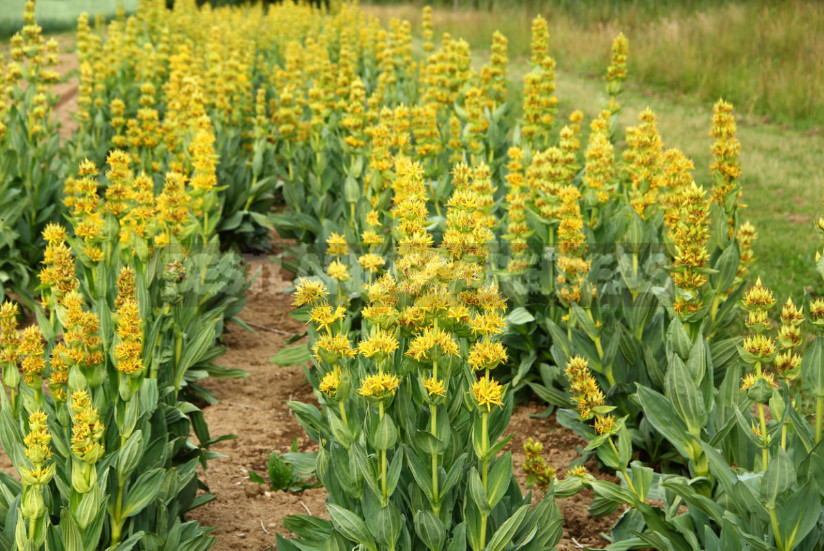
Some species of gentian, for example, for autumn, which need high humidity, will feel near the pond with other moisture-loving plants. Low varieties are good in borders and ridges. Their bright blue color is perfectly combined with white, pink and yellow colors.
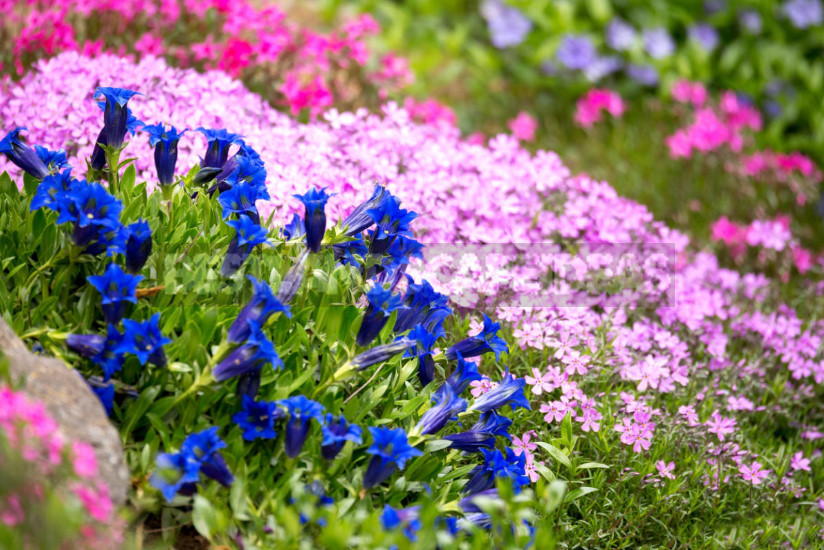
And, of course, in rockeries and the lower tiers of the Alpine hills will be indispensable undersized gentian with their incomparably blue funnel-shaped flowers. They look harmoniously next to the saxifrage and low cereals. Try to grow in your garden is an unusual plant and share in the comments success. And if you already have these beautiful flowers, tell us about your experience of growing them.
